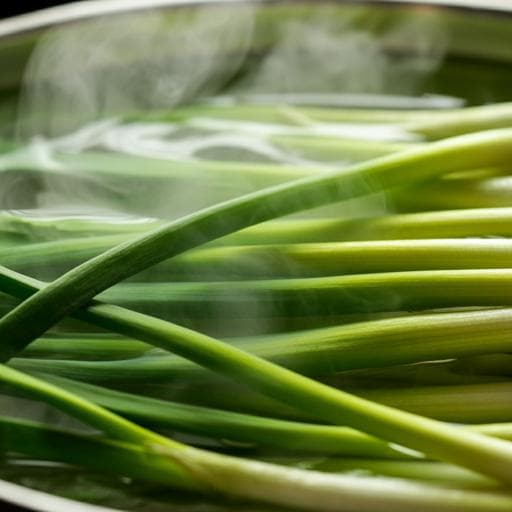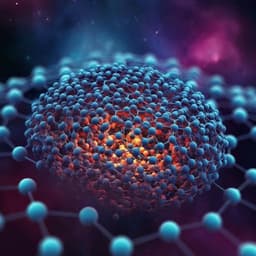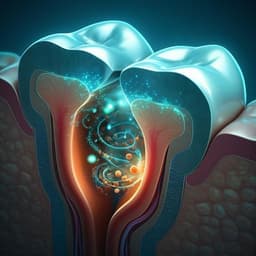
Food Science and Technology
Efficient removal of allicin from the stalk of *Allium fistulosum* for dietary fiber production
Y. Li, J. Ma, et al.
Discover how a team of researchers, including Ye Li and Jiayin Ma, unraveled the secrets of processing *Allium fistulosum* stalks to create allicin-free dietary fiber! Their study reveals the power of high-temperature blanching in overcoming the strong allicin odor, paving the way for healthier food applications.
~3 min • Beginner • English
Related Publications
Explore these studies to deepen your understanding of the subject.







